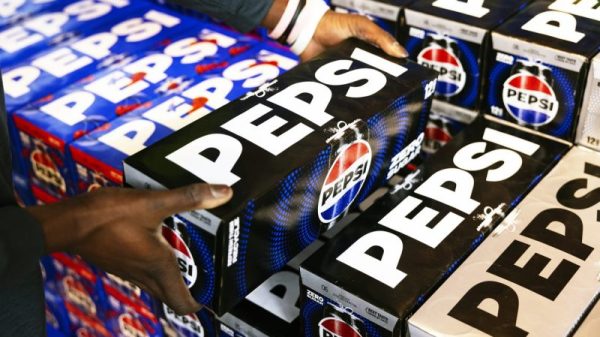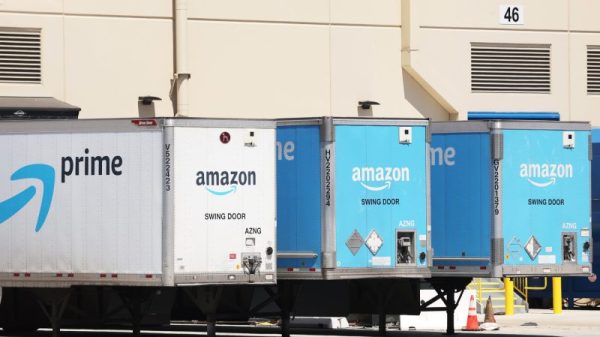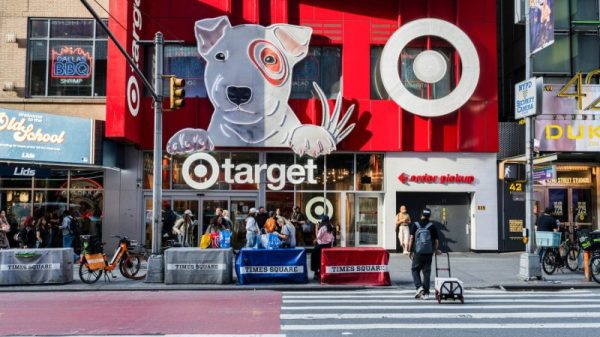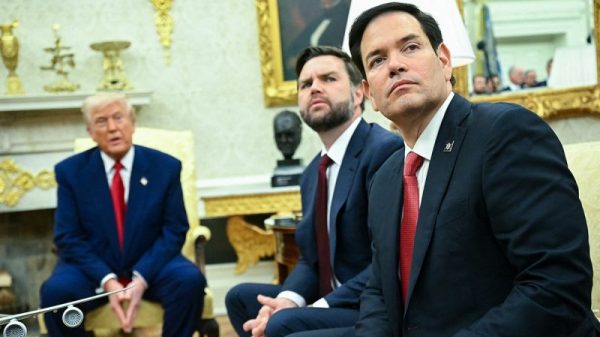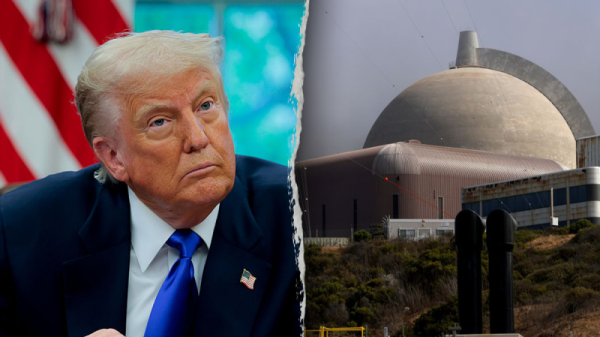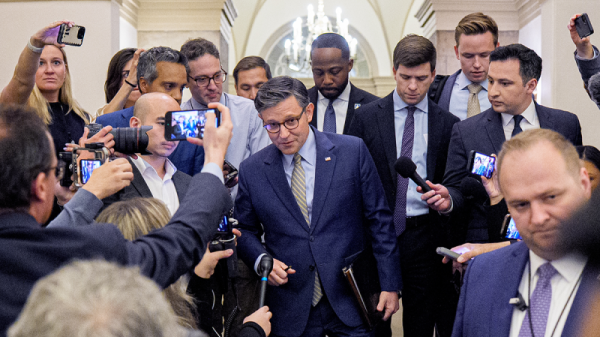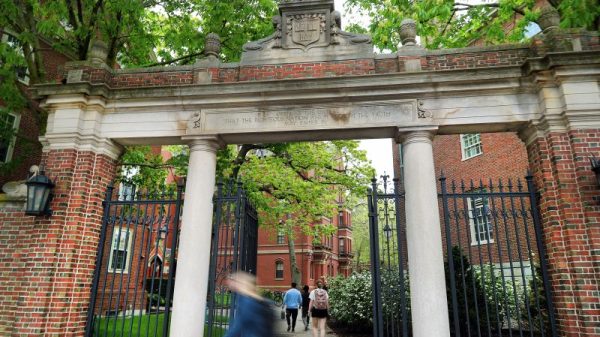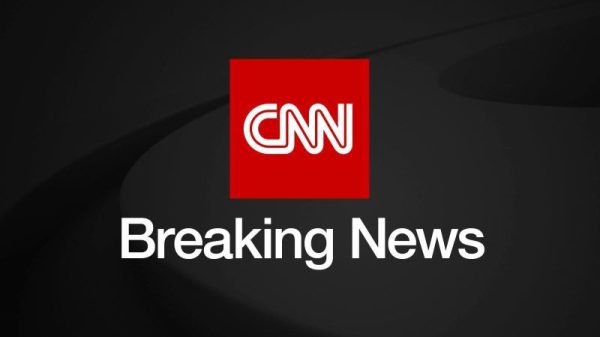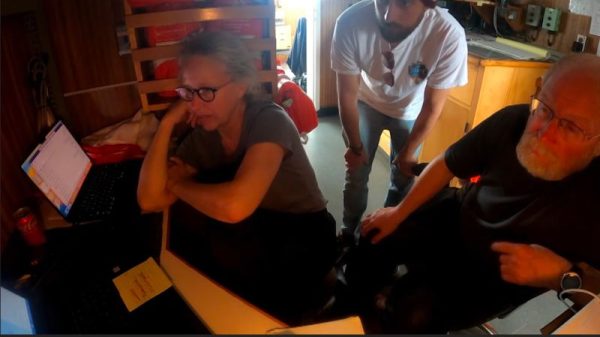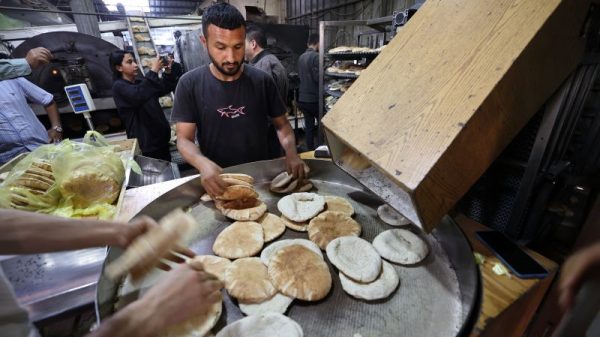Sky-high passenger volumes. A shortage of pilots. Weather delays and cancellations.
Sounds like a recipe for disgruntled air travelers. But an “amazing thing” happened at North American airports over the last year, according to a news release from consumer insights and analytics firm J.D. Power: passenger satisfaction improved.
That’s the big takeaway of the J.D. Power 2023 North America Airport Satisfaction Study, which was released Wednesday. The study evaluates three airport categories – mega-airports, large airports and medium-sized airports – based on more than 27,000 traveler surveys collected from August 2022 through July 2023.
The improvement is “not totally unexpected,” says Michael Taylor, managing director of travel, hospitality and retail at J.D. Power.
Overall customer satisfaction with North American airports improved by 3 points this year – bringing the overall score to 780 on a 1,000-point scale.
The airports were evaluated by looking at six factors, listed in order of importance: terminal facilities; airport arrival/departure; baggage claim; security check; check-in/baggage check; and food, beverage and retail.
This year’s uptick in satisfaction was driven by three factors – terminal facilities; food and beverage and retail service; and baggage claim. “Terminal facilities” refers to the cleanliness, comfort and ease of navigating areas including concourses, restrooms and gates as well as the quality of Wi-Fi service.
But naturally, some airports are better than others – as any traveler can confirm.
Least satisfying North American mega-airports
Air travelers routinely grumble about Newark Liberty International Airport, which sits at the bottom of the list of mega-airports (those with 33 million or more passengers per year).
Newark logged a score this year of 732, which lags well behind other low-ranked airports, but which is also an improvement from last year’s score of 719.
Newark’s new Terminal A opened to the public in January, so not all of the study participants saw its benefits this year.
Toronto Pearson International Airport had the second-lowest score – 749 out of 1,000. Taylor puts that performance down to very high passenger volume – up by as much as 50%.
“The more passengers, the lower the satisfaction scores. But that’s a problem an airport WANTS to have,” Taylor said via email.
Bottom five scorers on a 1,000-point scale for mega-airport satisfaction:
Boston Logan International Airport (762)
Fort Lauderdale-Hollywood International Airport (762)
Seattle-Tacoma International Airport (754)
Toronto Pearson International Airport (749)
Newark Liberty International Airport (732)
Most satisfying North American mega-airports
On the upside, this year’s No. 1 most satisfying mega-airport — Detroit Metropolitan Wayne County Airport — improved its score by 9 points from last year, coming in with a score of 800. The airport improved in all areas, with strong performance improvements in the TSA, baggage claim, and food, beverage and retail areas, Taylor said.
Last year’s top performer, Minneapolis-Saint Paul International Airport, dropped to No. 2 with a score of 796.
Top five scorers on a 1,000-point scale for mega-airport satisfaction:
Detroit Metropolitan Wayne County Airport (800)
Minneapolis-Saint Paul International Airport (796)
Harry Reid International Airport in Las Vegas (787)
Dallas/Fort Worth International Airport (783)
Miami International Airport (783)
The best and worst of the rest
In the large airport category (with 10 to 32.9 million passengers per year), Tampa International Airport (TPA) ranked first for the second year in a row. And Indianapolis International Airport (IND) took the No. 1 slot among medium airports (with 4.5 to 9.9 million passengers per year).
“TPA and IND have great terminal design, access is very efficient and both airports have goods and services that represent their location,” said Taylor. Those would involve flamingoes in Tampa and race cars in Indianapolis.
Tampa received a score of 832; Indianapolis scored 843.
At the bottom of the large airports list, Philadelphia International Airport (PHL) received a score of 750.
“PHL does a lot of things right but really needs upgraded infrastructure. They seem to be lagging other airports in investing in upgraded terminal facilities,” Taylor said.
In the medium airports category, Maui’s Kahului Airport ranked last with a score of 771.
Another Hawaii airport – Honolulu International Airport – was a low scorer in the large airport category with 753. Taylor put those low scores down to “a great deal of extended construction at the airports.”
More that airports can do
The bottom line for airports? There’s still room for improvement.
“While airports are doing a good job coping with the current issues, there is still more they could do to improve passenger experience while also improving their own bottom lines,” Taylor said in the J.D. Power news release.
The study found that passengers who were 10-out-of-10 “delighted” with their experience spend an average of $44 in the terminal, while “disappointed” passengers who gave airports scores of 5 or less spent just $29.
“Happy passengers spend a lot more money at the airport,” Taylor said, “so ongoing efforts to spread passenger volumes throughout the day and deliver superior service at all customer touchpoints will be critical.”






